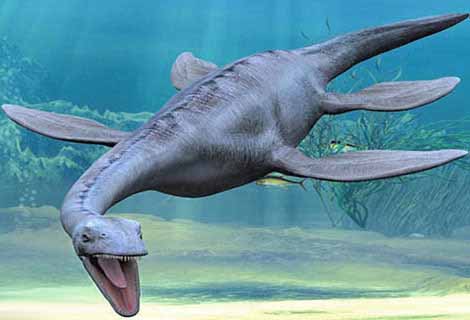
October 4, 2016

I figured that for my first article in a while I would focus on something that provokes endless arguments and even rage. I’m talking about belief systems. In this case, one belief system in particular. Namely, the idea that the strange creatures of Loch Ness, Scotland are surviving examples of long-extinct plesiosaurs; marine reptiles that became extinct millions of years ago. Give me a break: Loch Ness is not teeming with plesiosaurs. Not even one. The plesiosaur theory is filled with holes that are simply too big to ever be successfully plugged. They were, after all, reptiles – meaning they surfaced to take in oxygen.
If the Nessies are plesiosaurs, then let’s say that at any given time there are around twenty of them in the loch, ranging from (a) young and small to (b) large and old. That would be a reasonable figure to ensure the continuation of a healthy herd. Let’s also say they, like crocodiles, can stay submerged, and without taking in oxygen, for a considerable amount of time. This means that in any one-day, each plesiosaur would have to surface around – let us say – twelve times. Twenty plesiosaurs, surfacing twelve times a day (at a minimum, I should stress), would equate to 240 surfacing events every single twenty-four-hour-long period. Multiply that by a week and the figure is elevated to 1,680. Then, multiply that by fifty-two weeks in a year and the figure becomes a massive 87,360 surfacing events annually.
Read the rest of the article at Mysterious Universe here.
About Nick Redfern
Punk music fan, Tennents Super and Carlsberg Special Brew beer fan, horror film fan, chocolate fan, like to wear black clothes, like to stay up late. Work as a writer.
Filed under Books, Cryptozoology, Lair of the Beasts, Lake Monsters, Loch Ness Monster, Paranormal Investigators